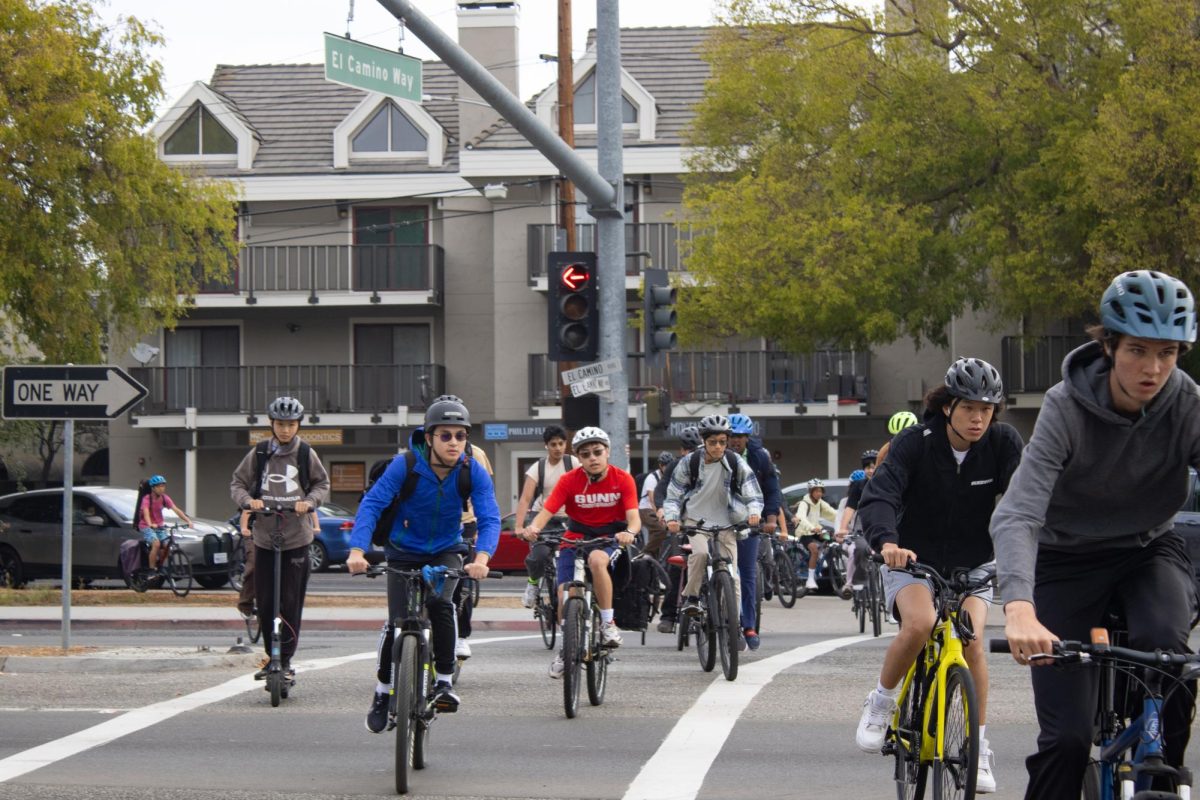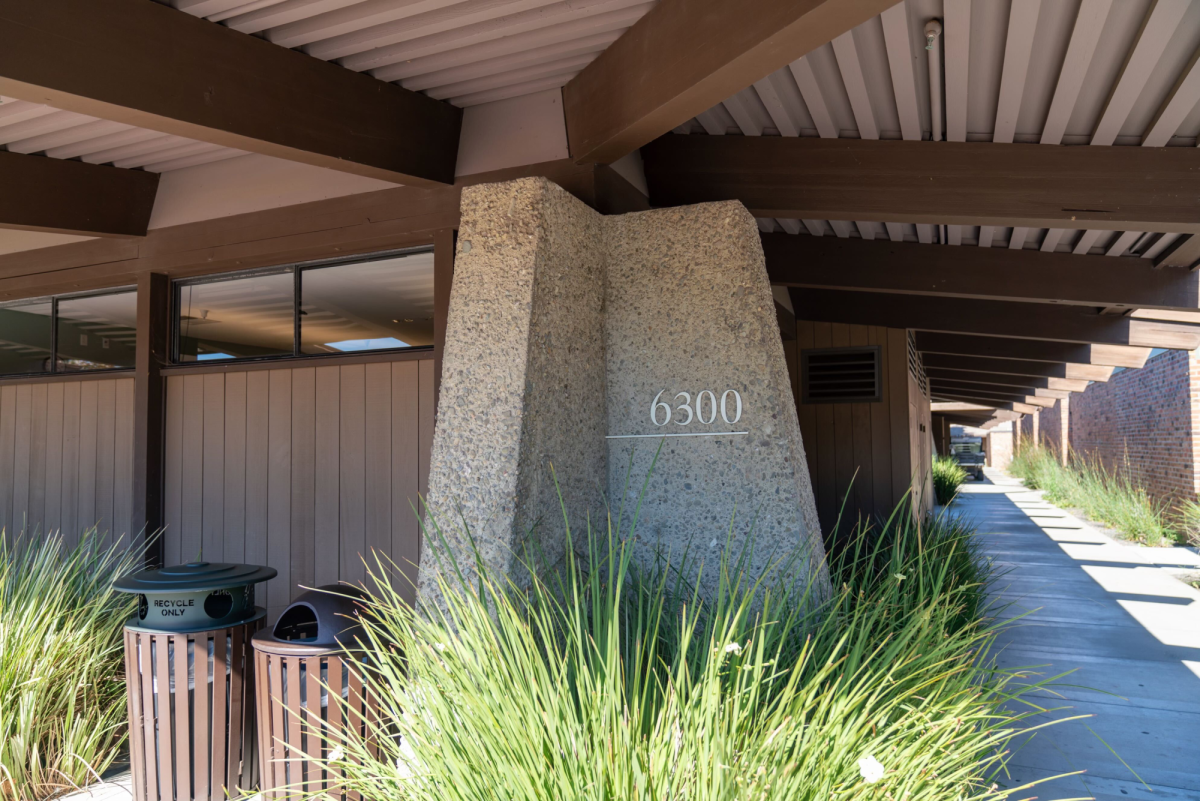Written by Deiana Hristov
Published in the November 6, 2015 issue
Palo Alto Unified School District’s (PAUSD) School Board will hear a presentation by the Lesbian, Gay, Bisexual, Transgender, Queer and Questioning (LGBTQQ) Committee on Tues., Nov. 10. The policy, monikered the Gender Identity and Access policy, was proposed by the committee, which is composed of school staff, parents and other community members concerned about the wellbeing of LGBTQ+ students. “Our interest is to convey attention, care and support to matters that impact our LGBTQ+ students,” Student Services Coordinator Brenda Carillo said. “We also want to be clear about expectations for our school community when it comes to the rights of LGBTQ+ youth. We believe that this policy outlines these issues.”
The policy, which was first reviewed by the School Board policy review committee on Sept. 28 and will be reviewed by the full committee later this month, introduces different facets centered around LGBTQ+ acceptance. “One of the biggest aspects is that the school should accept the gender identity that the student identifies with,” guidance counselor Molly Baker said. The school and administration can no longer question students’ gender identities and must refer to students by their preferred pronouns. In addition, the policy urges the school to approach a more gender-neutral atmosphere. “Our school should avoid separating students by gender in different activities when possible,” Baker said. “The next one would be that a student has the right to privacy and shouldn’t have to necessarily out themselves if they’re uncomfortable with that.” Students will also have access to gender-neutral restrooms and the locker room of their choice.
The policy is designed to make school campuses more friendly and accessible for LGBTQ+ youth. “Students who identify as gender-non-conforming often face greater levels of risk across many areas,” Carillo said. “We believe that policies and regulations can help to raise awareness and provide guidance on best practice that promote protective factors. A policy provides a common framework and language that enhances communication and sets clear expectations for the entire school community.”
The counselors hope that this policy will clear up any confusion about how LGBTQ+ students are to be treated. “Before this policy is in place, I think we tried our best to understand where students were coming from and meet them where they were and see what their needs were but now there’s sort of a clear-cut process for that,” Baker said. “We’re noticing that we have a population of gender-nonconforming students, and we want to make sure that they are treated consistently across the district.”
According to Outlet, a youth counsleing program focused onLGBTQ+ teens, coordinator Dafne Luna, a current problem many gender-nonconforming teens face is figuring out how to express their needs to campus staff. “I think that this policy is going to help establish a culture of normalcy,” Luna said. “A lot of youth have trouble navigating the administration and some staff [who] sometimes don’t really know what to do with the information the kids are giving them, and it’s a lot of having to navigate every single person differently.” Luna says a policy will help establish a culture of what is appropriate for administration and staff and create a more nurturing campus climate.
Baker hopes that policies making campuses more acceptable of transgender youth will soon become commonplace. “I think that throughout the country we have students that are gender-nonconforming who are restricted from using bathrooms or being on sports teams because of their gender identity, or sometimes they’re bullied, and there isn’t necessarily a policy in place to protect them,” she said.
Another important impact of the policy is that it will increase visibility of LGBTQ+ students in the student body. “I think that generally, our campus is more accepting towards trans people than a lot of places across the country, but I still hear homophobic and transphobic re- marks,” Gender and Sexuality Alliance president senior Rachel Gates said. “I think that if everyone as an individual is aware of those issues, they can do their part to say, ‘Look, that’s not okay.’”
Besides creating a more open environment for gender-nonconforming students, the policy also aims to erase some of the stigma and silence surrounding the LGBTQ+ community. “Awareness is one of the most important resources right now,” Gates said. “Progress isn’t going to be made if no one knows what they are working towards.”
The policy is just one part of PAUSD’s effort to reach out to and support LGBTQ+ students. “We are very fortunate to have an active LGBTQQ Committee that advocates for students, including several parents who are strong partners with the district in moving this work forward,” Carillo said. “As a district we offer training on LGBTQQ matters, we have an LG- BTQQ Committee and a newly developed LibGuide on LGBTQQ, and we are working with Theatre Works on a new play for elementary-level students on gender diversity.” Counseling services provided by Outlet that focus on reaching out to LGBTQ+ youth are also available at PAUSD’s two high schools and three middle schools. The district is further working to gather more informative data on LGBTQ+ youth through the annual California Healthy Kids Survey.










